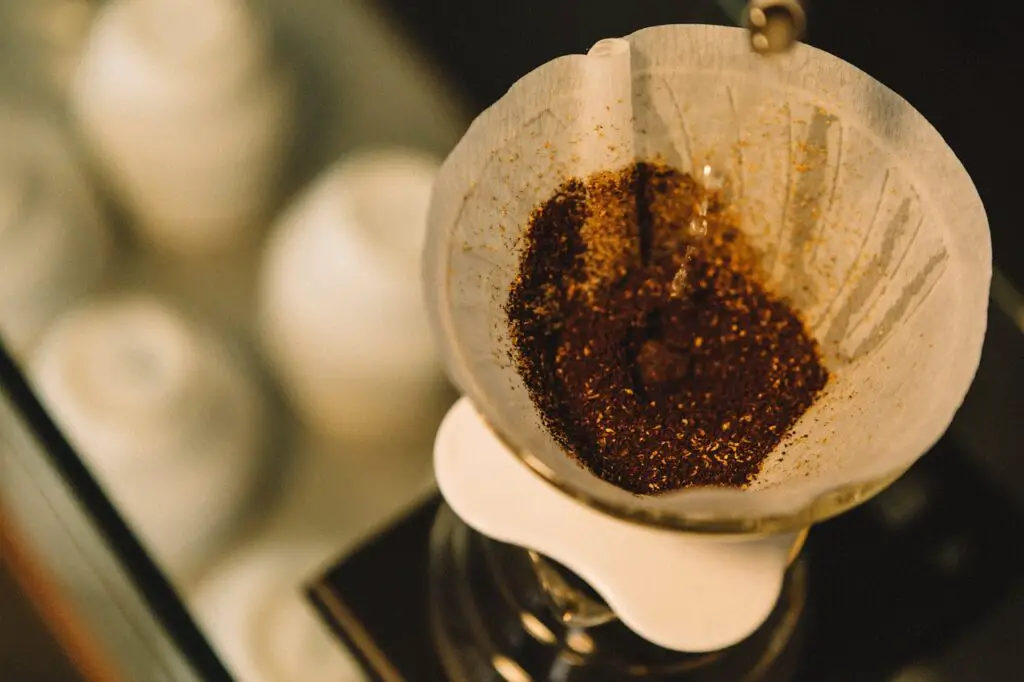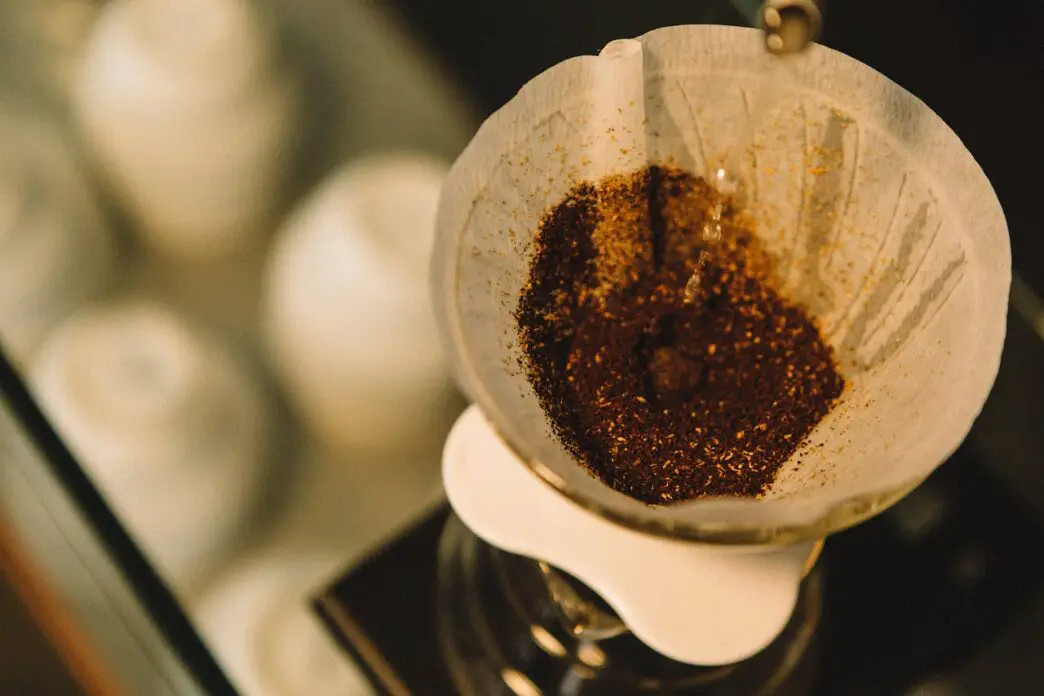
If you brew coffee at home, you probably go through plenty of paper filters. After that morning cup, most people toss them out with the grounds. But those used filters still have value. They can help with cleaning, cooking, gardening, and more. This saves you money on other supplies and keeps things out of the trash. In this post, we’ll cover real ways to put them to work, based on what people share online and in guides. Let’s get into it.
Why Bother Repurposing Used Filters?
Paper coffee filters break down easily, but throwing them away adds up over time. If you rinse off the grounds or let them dry, you can extend their life for other tasks. Some methods use them straight from the brewer, while others work best after a quick clean. This approach fits right into a simple routine—brew your coffee, then find a second use before composting what’s left. It’s a small step that makes a difference in your daily habits.
Many ideas come from home hacks shared by folks who want to stretch their resources. For example, sites like One Green Planet list ways to turn old filters into useful items around the house. Others, like Brown Jenkins Coffee, focus on coffee-specific tips that keep the process tied to your brew. The goal here is to give you options that fit your setup, whether you have a drip machine or a pour-over.
Cleaning Tasks That Make Sense
Used coffee filters excel at cleaning because they’re soft, absorbent, and lint-free. After brewing, shake out the grounds and let the filter air dry. Once dry, it wipes surfaces without leaving streaks or fibers behind.
Take mirrors and windows. Grab a dry used filter and buff away smudges. It works on glass doors, car windshields, or even eyeglasses. The paper’s texture picks up dust and fingerprints gently. For electronics like your laptop screen or TV, a light touch with the filter removes grime without scratches. Add a drop of water or vinegar if needed, but keep it minimal to avoid drips.
In the kitchen, use them to shine stainless steel sinks or appliances. Rub in the direction of the grain for a clean finish. They also handle cast iron pans well—place one inside after washing to soak up leftover moisture and stop rust from forming. If you fry foods often, line a plate with a filter to blot excess oil from bacon or fries.
Around the house, keep a stack in your glove box for quick fixes. Wipe foggy car windows or check oil levels without messing up rags. For pet owners, layer a few over messes to absorb liquids fast before cleaning up. These tricks come from everyday users who repurpose what they have on hand.
Kitchen Hacks for Everyday Cooking
In the kitchen, used filters help with prep and cleanup. Rinse them if you want to avoid coffee residue, or use as-is for non-food tasks.
One smart move is making herb packets for soups or stews. Fill a dried filter with bay leaves, thyme, or other spices, tie it shut with string, and drop it in the pot. The flavors infuse without loose bits floating around. Pull it out when done. This beats buying cheesecloth and keeps things simple.
For snacks, shape a filter into a bowl for nuts, popcorn, or chips. It holds portions and doubles as a napkin after. Kids like this for mess-free eating. If you microwave food, cover bowls with a filter to catch splatters. It lets steam escape while keeping the inside of your oven clean.
Wine lovers can strain out cork pieces or sediment by pouring through a filter. It saves a good bottle without fancy tools. For baking, use one to grease pans evenly—dip it in butter or oil and spread without getting your hands sticky.
If you want a second cup from the same filter, try this method: After your first brew, add fresh grounds on top and pour hot water over slowly. Let it steep like tea for a few minutes. The result is milder but still drinkable, and it stretches your supply. Just boil the water fresh each time.
For odor control, fill a filter with baking soda, tie it, and tuck it in your fridge or shoes. It absorbs smells overnight. Replace it monthly. These uses turn a leftover item into something that solves common kitchen problems.
Gardening Tips to Boost Your Plants
Used coffee filters fit well in the garden. The paper decomposes, adding to soil health, but you can use them before that stage too.
Start with pots: Line the bottom with a filter over drainage holes. Water passes through, but soil stays put. This works for indoor plants or hanging baskets. For seed starting, dampen a filter, sprinkle seeds like lettuce or herbs, fold it over, and keep it in a plastic bag until they sprout. Transplant them once roots show.
Composting is straightforward—toss used filters and grounds into your bin. They break down fast and add nitrogen. If you collect kitchen scraps, use a filter as a liner in a small container to hold peels or cuttings before dumping.
In the yard, dry filters make good weed barriers under mulch. Lay them around plants to block growth while letting rain through. For scent, fill one with dried herbs and hang it near seating areas to keep bugs away naturally.
Gardeners often share these ideas online, noting how filters help without extra cost. If you grow your own food, this repurposing closes the loop from kitchen to garden.
| Top Gardening Uses for Used Coffee Filters | Description | Benefits |
|---|---|---|
| Pot Liner | Place over drainage holes in planters. | Keeps soil in, allows water out. |
| Seed Sprouter | Dampen and fold with seeds inside. | Easy germination for quick starts. |
| Compost Addition | Add directly to bin with grounds. | Boosts nutrients, decomposes quickly. |
| Weed Barrier | Lay flat under mulch in beds. | Suppresses weeds, improves soil. |
| Bug Repellent Sachet | Fill with herbs and hang outdoors. | Natural scent deters insects. |
This table shows quick options—pick one that matches your space.
Crafts and DIY Projects
Get creative with used filters for simple projects. Their shape and texture lend themselves to making things by hand.
Turn a stack into a pocket notebook: Punch holes and bind with string or staples, adding cardboard covers. Jot notes or lists on the pages. For kids, flatten filters and let them color with markers. Mist with water for a blended effect, then dry and hang as art.
Make tea bags for loose leaves: Spoon tea into a filter, fold, and staple shut. Steep as usual. This works for custom blends. For holidays, wrap small ornaments in filters for storage to avoid dust and breaks.
In the bathroom, cut filters into masks: Moisten and place on your face for a quick relaxer, infused with faint coffee scent. Or use them as disposable liners in cloth diapers for easier cleanup.
Crafters point out how filters hold up for these tasks without falling apart. It’s a way to reuse before recycling.
Other Handy Uses
Beyond the basics, used filters tackle odd jobs. For example, polish leather shoes with a dry one—rub in circles for shine. It picks up dirt without lint.
In emergencies, a clean filter acts as a bandage: Cover small cuts to stop bleeding temporarily. Keep some in your first-aid kit.
For travel, pre-portion grounds in dried filters, tie them, and pack for camping. Brew by steeping in hot water. This keeps things light.
If you deep-fry, strain oil through a filter to remove bits and reuse it. Then, use the oily filter as a fire starter in your fireplace.
Wrapping It Up
Repurposing used coffee filters keeps your routine efficient and cuts down on waste. From cleaning glass to starting seeds, these ideas use what you already have. Try a few that fit your needs—maybe start with the kitchen hacks if you cook a lot. Over time, you’ll notice fewer trips to buy paper towels or other disposables. If you compost the rest, you’re making the most of every brew. Share your own tips in the comments if you have favorites. This keeps the conversation going among coffee fans.

